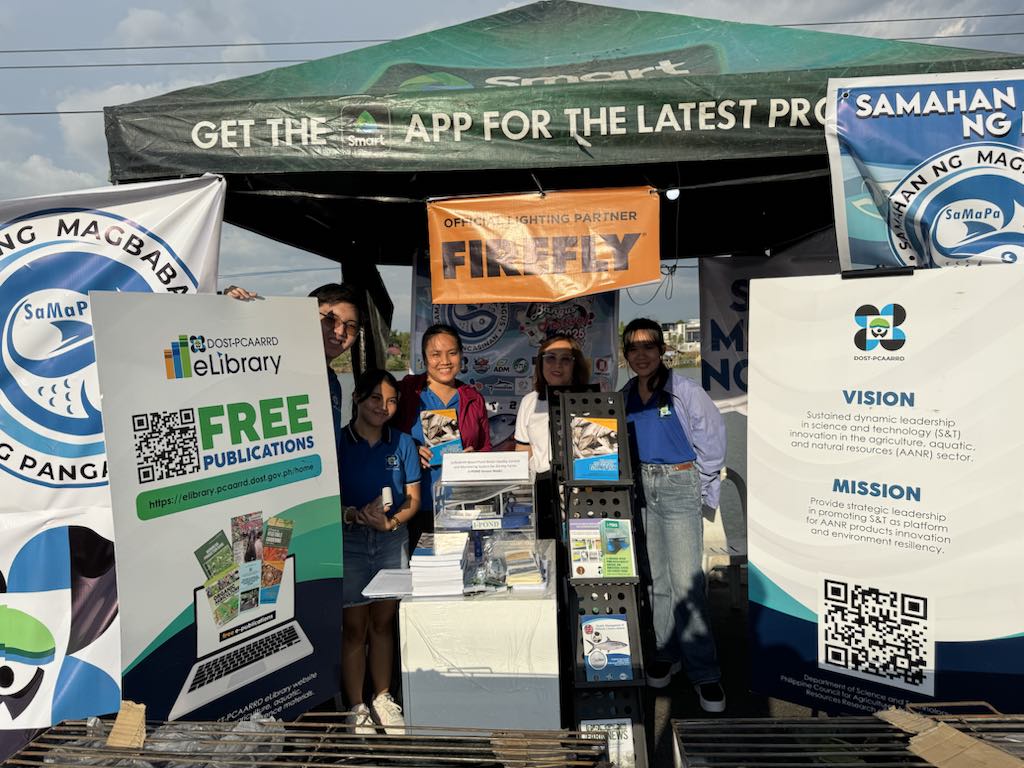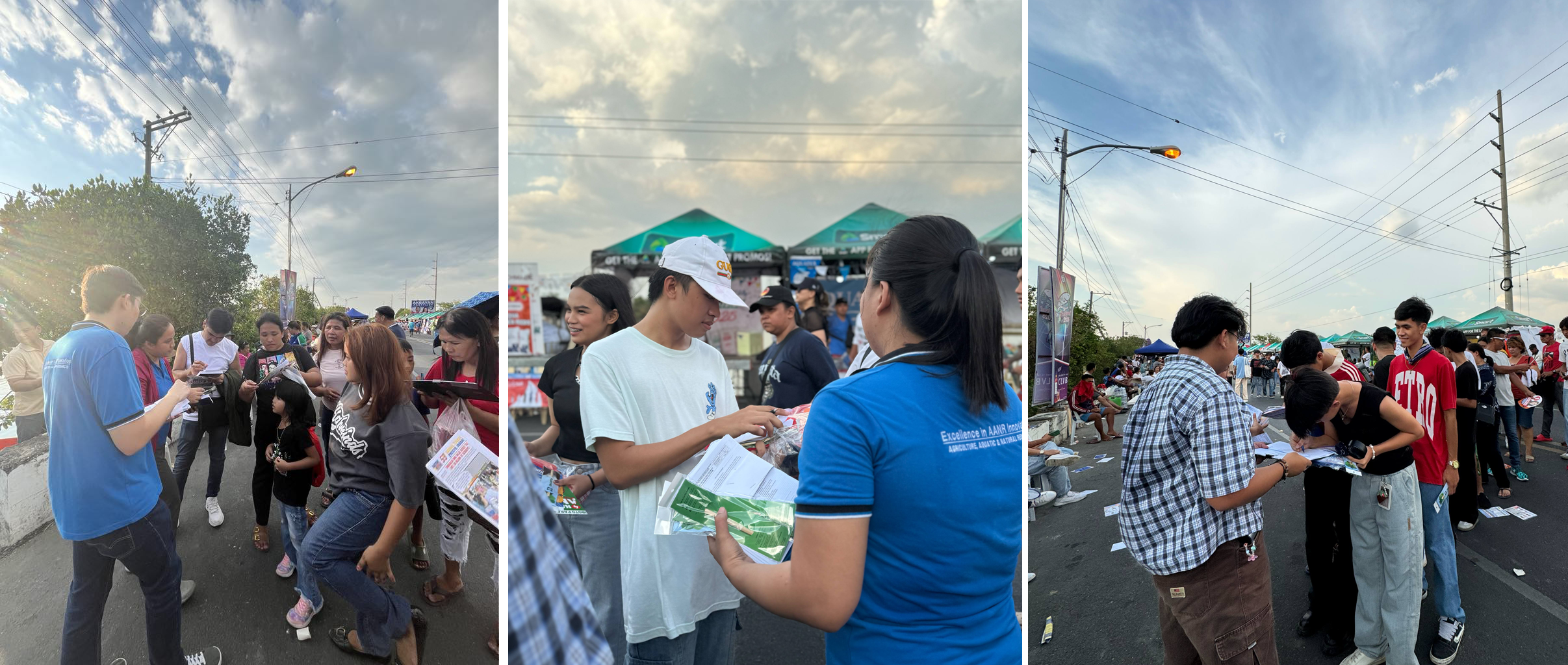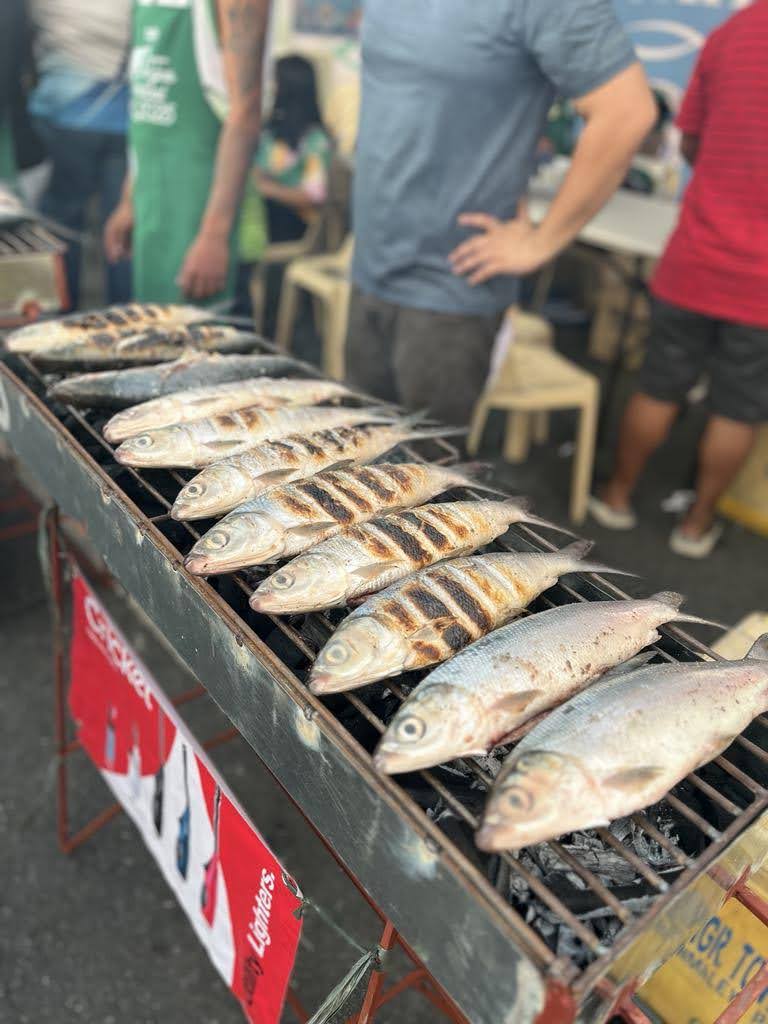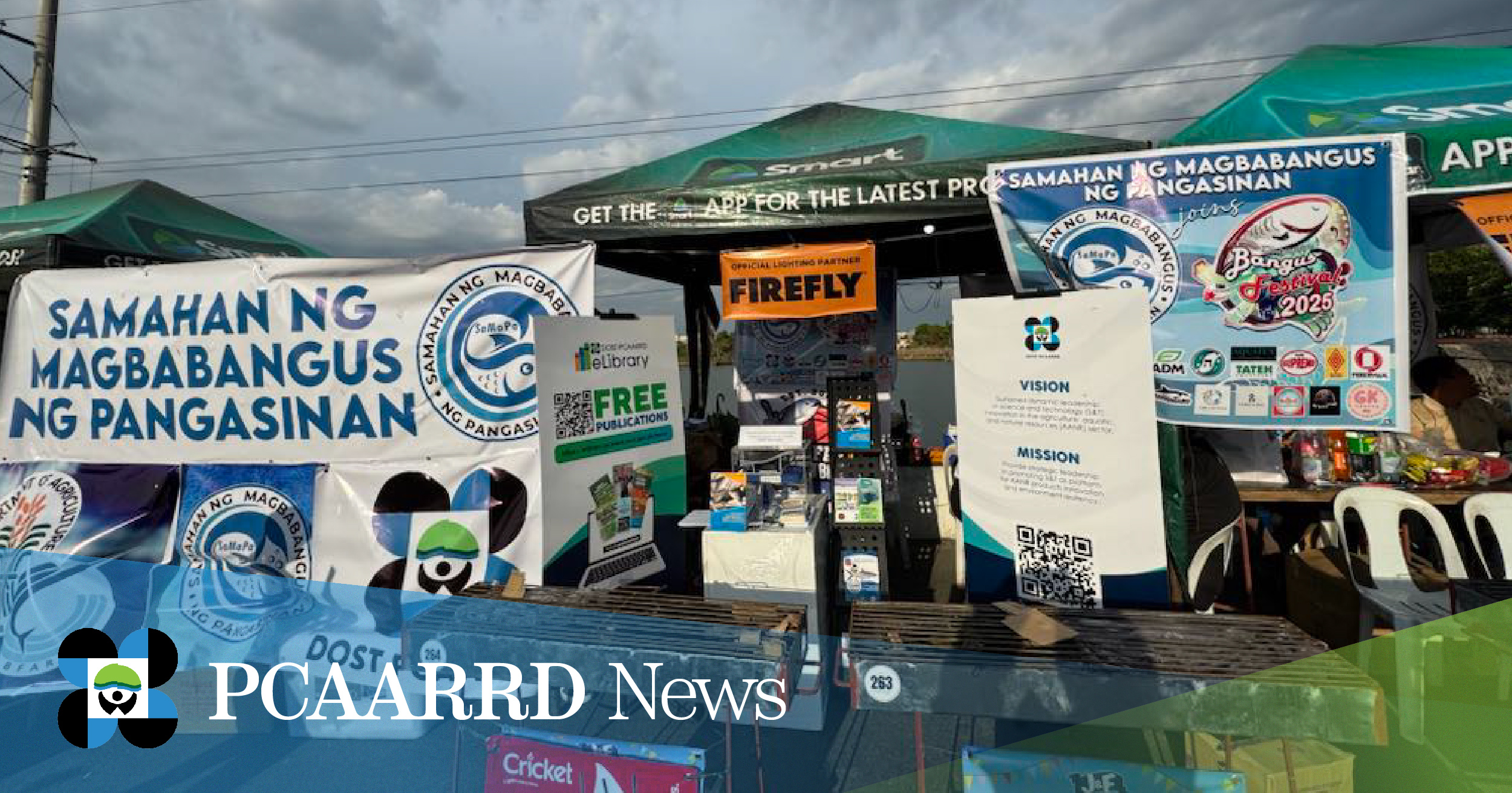
With its rich, creamy belly and thick, flavorful meat, bangus never fails to stir the appetites of Filipinos. Who would not love it more, especially if it is fresh from the fishers’ harvest? Beloved across the country, this national fish of the Philippines remains a vital source of protein and income for many households.
To celebrate this commodity, Bangus Festival is held annually in Dagupan City, Pangasinan, with the goal of coming together as communities to honor the bountiful harvest, recognize the hard work of milkfish farmers, and acknowledge the locals’ role in bangus production. The celebration involves festivities, activities, and gatherings to forward the country’s commitment to building a more productive and sustainable bangus industry.
This year, the Philippine Council for Agriculture, Aquatic and Natural Resources Research and Development of the Department of Science and Technology (DOST-PCAARRD), through the Inland Aquatic Resources Research Division, joined the Bangus Festival 2025 on April 30 to showcase its various initiatives in an exhibit. The exhibit highlighted initiatives of the Milkfish Industry Strategic Science and Technology Program (ISP) and other existing efforts from Shrimp and Aquafeeds ISP as they posed relevance to the city. An ISP is the blueprint for the operationalization of PCAARRD's S&T vision.

The exhibit was made successful in collaboration with the Samahan ng Magbabangus ng Pangasinan (SAMAPA), a community organization of bangus farmers in Pangasinan led by its President, Mr. Christopher Aldo Fabia Sibayan.
Spotlighted in the exhibit is the publication, The Philippines Recommends for Milkfish, a banner publication of DOST-PCAARRD for the milkfish ISP. This publication contains technologies for milkfish production from broodstock development and artificial propagation in hatcheries to grow out in ponds, pens, and cages, as well as postharvest handling and processing. Various attendees expressed interest and acquired a copy of the publication.
Pangasinan, renowned for its rich biodiversity in both pond and marine ecosystems, stands as one of the country’s top sources of fresh and flavorful seafood. Aside from milkfish ponds, the province is also abundant with shrimp ponds. Maintaining good water quality is a challenge in shrimp ponds in the country, and this is what DOST-PCAARRD responded with its technology, i-POND: a Long-Range Wide Area Network (LoRaWAN)-based water quality control and monitoring system. This technology was also showcased during the festival.
i-POND allows farm operators and technicians to monitor the pond’s water quality remotely by using a mobile device or a computer connected to the Internet. It accurately monitors water quality parameters, including temperature, salinity, pH, and dissolved oxygen. Notably, the system operated normally under extreme weather conditions. The Sensor Node is powered by solar energy, and the LoRa communication range is up to 300 meters.
To forward sustainable and efficient production, some of the DOST-PCAARRD’s initiatives on Aquafeeds ISP were also demonstrated. Part of these are Microbead and Mannan Oligosaccharides (MOS), which are both technologies targeting probiotics and prebiotics, respectively.

Microbead probiotics technology was developed to address the low-cost cultivation and microencapsulation method designed to improve fish gut health and delivery in tilapia and milkfish. Meanwhile, MOS are prebiotic compounds, consisting of mannose-based carbohydrate polymers, which help in selectively promoting the growth of beneficial gut bacteria in fish.
These initiatives, along with their materials during the exhibition, were disseminated to interested attendees for continuous knowledge sharing and strategy adoption.
The DOST-PCAARRD remains committed to forwarding initiatives under its ISPs, working hand-in-hand with the communities that benefit from developed technologies. Exhibits continuously serve as an avenue for accessible information dissemination and a significant connection with beneficiaries and key stakeholders.

